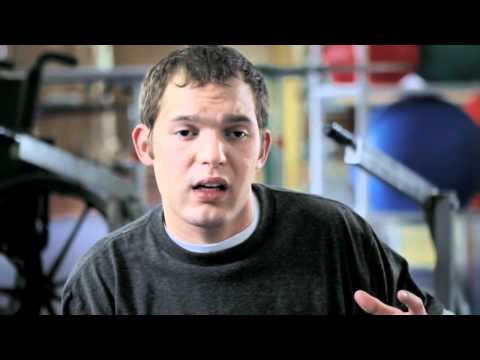December 27, 2010 at 6:54 pm
(Source: Engadget)

This new documentary, produced by AT&T, one of the leading telecom services provider in the US, strings together a set of stories told by accident victims and their families and friends. The documentary, at times high on the emotional quotient, offers a compelling message to any/all drivers, let alone the teenagers, to hang up their cellphones while operating the motor vehicles. There is no blood or gory mess splashed across the windshield but the stories along with the photos of mangled metal and shattered lives is quite riveting. Kudos to AT&T and other public and private agencies who have been actively engaged in promoting awareness among teens about the dangers of texting while driving.
Related articles
September 13, 2010 at 5:29 pm
|
Begun a year ago, the Web site — www.wildlifecrossing.net/california — is the first statewide effort to map roadkill using citizen observers. Volunteers comb the state’s highways and country roads for dead animals, collecting GPS coordinates, photographs and species information and uploading it to a database and Google map populated with dots representing the kills. The site’s gruesome gallery includes photos of flattened squirrels or squashed skunks.
|
|
The site’s founders hope to soon hire a software engineer to design a smartphone app. They think one would attract new and younger volunteers, speed up the process, and, with built-in GPS function, assure more accurate location information.
|
|
About 73 million GPS-enabled cellphones and 23 million automotive GPS units will be shipped in the United States and Canada this year, according to IMS Research, a market research firm. “GPS is very pervasive,” said Bill Morelli, an analyst with the firm.
|
|
The roadkill maps give researchers a better understanding of the environmental impacts of roads. They intend to use the data to build statistical and Geographic Information Systems models to predict roadkill hot spots and to determine where animal road crossings, culverts and warning signs may be most effective on current and future roadways.
Read more at www.nytimes.com |


